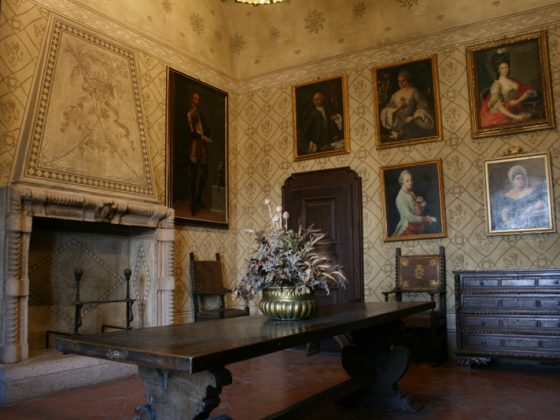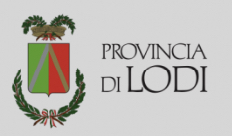15. Museums of Sant’Angelo Lodigiano
15. Museums of Sant’Angelo Lodigiano
- Email: info@castellobolognini.it
- Telephone: 0371 211140
- Address: Piazza Bolognini 2 26866 Sant\’Angelo Lodigiano
- Website: http://www.castellobolognini.it/
The Museo del Pane (Bread Museum) is located on the first floor of the Castello Visconteo “Morando Bolognini”. The first room contains grains, the raw material for bread making; the second room illustrates the various phases of the production cycle: from cultivation to the end product. The third room exhibits more than 500 types of breads from the Italian regions and many foreign countries. In the fourth room, bread production tools are exhibited; the last room illustrates the taxes and regulations governing bread.
The aim of the Museo lombardo di Storia dell’Agricoltura is to make visitors aware of the profound significance of agriculture as the millenary development of man’s symbiosis with the environment. Laid out according to ethnic-historical-archaeological principles, the many sections are laid out according to periodization based on the sequence of the technological-agrarian revolutions that have characterised the history of agriculture, focusing on the contribution of extra-European civilisations to our agriculture.
Created during the first decades of the twentieth century, the Museo Storico Artistico “Morando Bolognini” opens to the public 24 rooms richly decorated according to the “Home-Museum” style offering visitors the possibility of reliving ancient, attractive atmospheres. Furniture, paintings and crockery from the period between the eighteenth and twentieth centuries can be admired as well as artisan work in cast iron. Of particular interest is the Library which contains around 2,000 volumes and the Armoury composed of around 500 items of various periods and provenances. The Museum is accessed from the atrium of the eastern wing which introduces the official rooms of Castello di Sant’Angelo.

The Museo del Pane (Bread Museum) is located on the first floor of the Castello Visconteo “Morando Bolognini”. The first room contains grains, the raw material for bread making; the second room illustrates the various phases of the production cycle: from cultivation to the end product. The third room exhibits more than 500 types of breads from the Italian regions and many foreign countries. In the fourth room, bread production tools are exhibited; the last room illustrates the taxes and regulations governing bread.
The aim of the Museo lombardo di Storia dell’Agricoltura is to make visitors aware of the profound significance of agriculture as the millenary development of man’s symbiosis with the environment. Laid out according to ethnic-historical-archaeological principles, the many sections are laid out according to periodization based on the sequence of the technological-agrarian revolutions that have characterised the history of agriculture, focusing on the contribution of extra-European civilisations to our agriculture.
Created during the first decades of the twentieth century, the Museo Storico Artistico “Morando Bolognini” opens to the public 24 rooms richly decorated according to the “Home-Museum” style offering visitors the possibility of reliving ancient, attractive atmospheres. Furniture, paintings and crockery from the period between the eighteenth and twentieth centuries can be admired as well as artisan work in cast iron. Of particular interest is the Library which contains around 2,000 volumes and the Armoury composed of around 500 items of various periods and provenances. The Museum is accessed from the atrium of the eastern wing which introduces the official rooms of Castello di Sant’Angelo.


